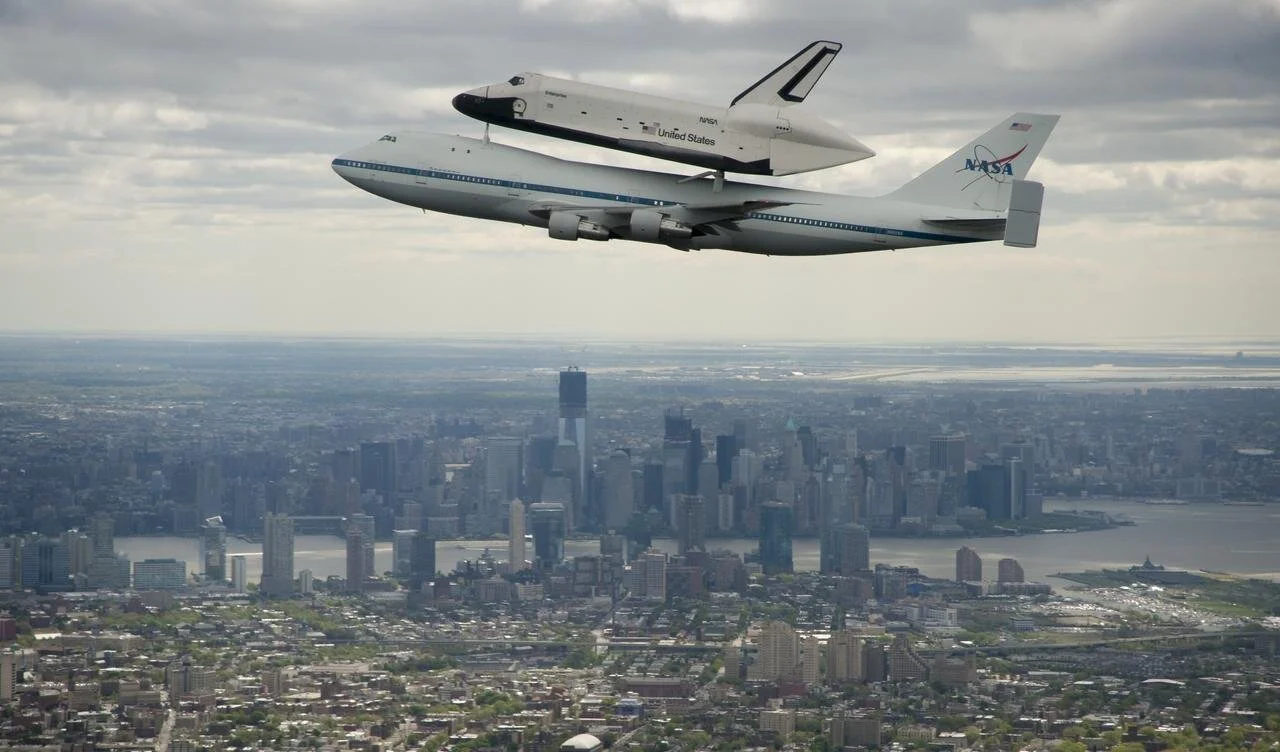Saturday STEM Challenge: Folding a Paper Cargo Plane
This week we’re looking at different aspects of flight and ways that we can explore those at home.
This week’s STEM challenge: folding a paper cargo plane. Using a sheet of paper, you want to fold a paper airplane that will glide ten feet (i.e. you can’t just throw it that distance) while carrying as much weight as possible.
At-Home STEM Activities: How Birds Use Their Wings
This week we’re looking at different aspects of flight and ways that we can explore those at home.
Like most animals, birds have evolved so that their bodies match their behavior—flying birds have hollow bones and light beaks, rather than heavy, bony jaws, to reduce weight, powerful wing muscles to create thrust in flight, and lightweight, smooth feathers to reduce drag. But birds come in all shapes and sizes, and each species of flying bird has specific adaptations for the type of flight they do most.
Today, learn about how different wing shapes affect how a bird flies and then make a flapping bird puppet to simulate how a bird’s wings move through the air!
At-Home STEM: Bernoulli vs. Coanda
This week we’re looking at different aspects of flight and ways that we can explore those at home. We’ll start with lift and how air flow helps things like planes get off the ground.
You may have watched a bird flying across an open area and noticed that sometimes the bird flaps its wings and other times it glides with wings stretched out. The flapping helps the bird move forward faster, while the gliding tends to involve more motion up and down in the air column. Airplanes use the same method for flying- engines move the plane forward while the wings influence movement up and down. So, how does a plane get off the ground?




